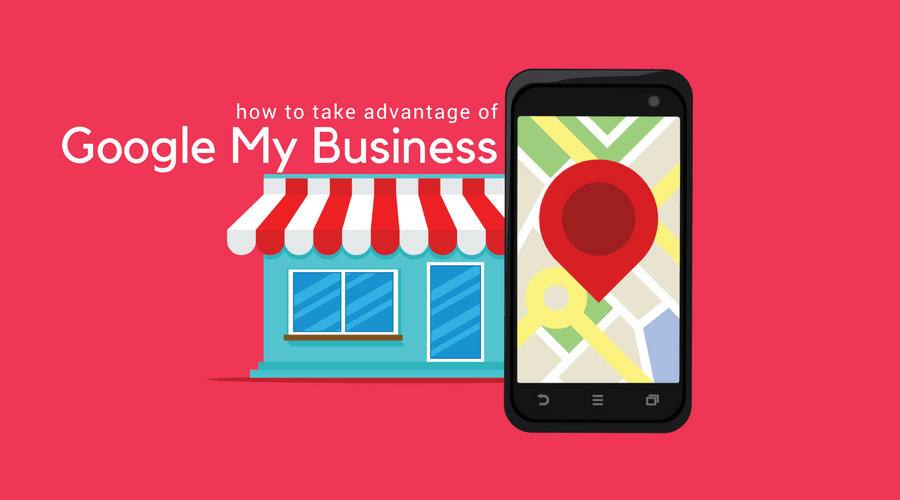6 Steps to Setting Up an Affiliate Marketing Program

As a new business, it can be hard to generate new sales leads. Affiliate marketing can help. When you set up an affiliate marketing program, you’ll pay someone a small commission every time they bring you a new sale.
When you sign up a new affiliate partner, they’ll get a unique link to your products or services. They can share that link on their blog and social media profiles. Every time someone purchases an item through that link, you’ll pay your affiliate partner a commission. An extensive network of affiliate partners allows you to generate a lot of new leads, without having to do all the legwork yourself.
1. Choose the type of affiliate marketing program
There are several ways to pay affiliate partners, but the most common are pay-per-click, pay-per-lead, and pay-per-sale.
Pay-Per-Click
With a pay-per-click strategy, you’ll pay your partner each time someone uses the partner’s unique link to go to your website. A pay-per-click strategy often generates higher commission levels for your affiliate partners because they’ll get paid even if the person doesn’t buy anything.
Pay-Per-Lead
With a pay-per-lead strategy, you’ll pay your partner for every new lead they generate. You would decide what constitutes a lead –someone signing up for your newsletter, signing up for a trial, etc.
Pay-Per-Sale
With a pay-per-sale strategy, you’ll only pay the affiliate partner if someone purchases your products or services through the partner’s link. Pay-per-sale programs typically offer the best value for you and higher commission percentages for your partners.
Choosing a pay-per-sale strategy carries minimal risk for you because you’ll only pay your partners when they make a sale – you won’t pay anything upfront.
2. Determine How Much to Pay
Before you set up your affiliate marketing program, determine what percentage of sales you’re willing to pay your affiliate partners.
Are you able to part with 5%? 10%? The higher the percentage you offer, the more traffic you’ll get because your affiliate partners will work harder.
You should also keep in mind that your affiliate partners aren’t just bringing you one new sale, they’re bringing new customers. Consider how much a customer will spend throughout their relationship with you. Paying an affiliate a little more for that initial sale may be worth it.
3. Find Your Target Market
Don’t try to sell your products to everyone, just your target market. When you’re looking for new affiliate partners, try to find people that are already involved in your industry. For example, if you run an online clothing boutique, consider fashion bloggers or Instagram influencers. Read also: Here’s Everything You Need to Know about Micro-Influencers
4. Join an Affiliate Network
An affiliate network will act as a matchmaker between you and affiliate partners, so you’re not out there looking for affiliates yourself (which can be just as hard as generating new sales leads).
Other companies may have disappointed affiliate marketers in the past, but an affiliate network can solve a lot of the trust issues. They’ll typically provide tracking software, so your partners know they’re getting paid for every sale they make.
Before you join an affiliate network, keep in mind that they will also take a cut of your sales or charge you fees for using their services.
5. Build Your Own Tracking System
If you don’t want to use an affiliate network, build your own tracking system. If you use WordPress or Shopify to run your online store, use extensions that are pre-programmed with all the analytics, forms, and payment options you need to sign up new partners, track their sales, and pay commissions.
6. Communicate with Your Affiliate Partners
After you’ve recruited your affiliate partners, communicate with them regularly, including updating them on product changes and sharing tips on how to market your products.
You may also consider providing them with creative marketing materials to get them started. If your partners can do less work upfront, they’ll have more time to spend promoting your products or services. Once they’ve started, they can create material in their own voice.


